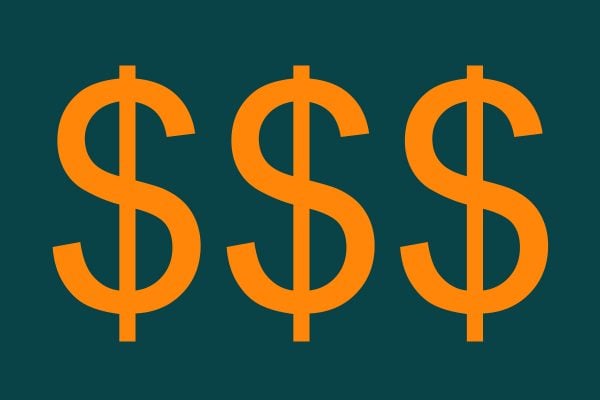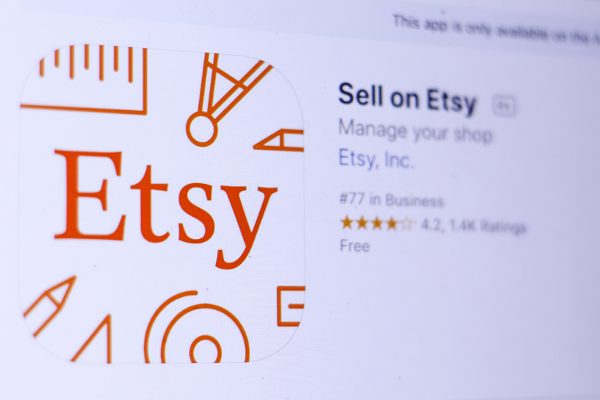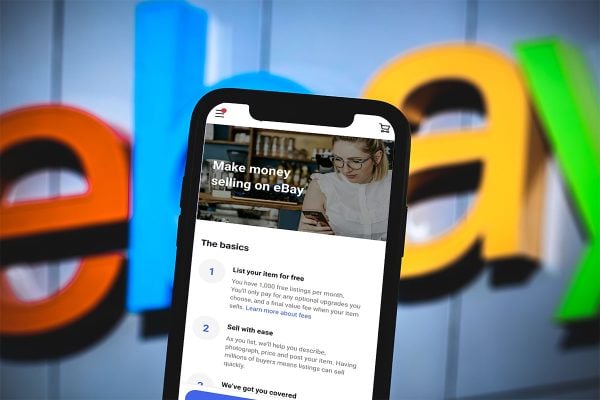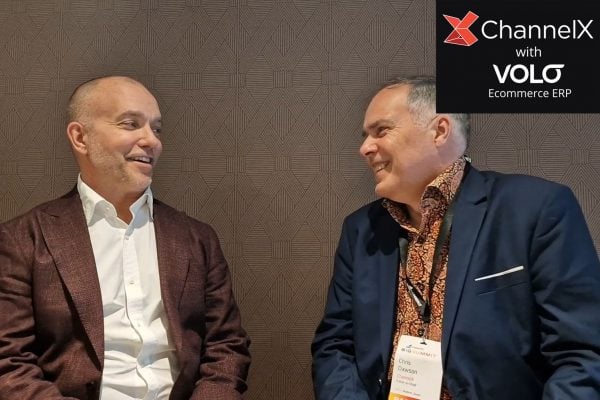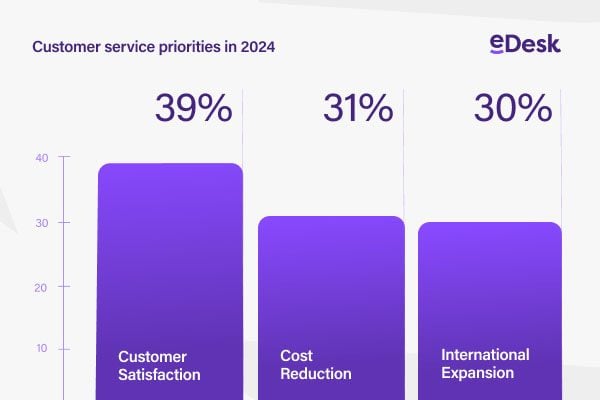I’ve seen a lot of new eBay sellers (and some who should know better) very shocked at how quickly an eBay seller account can mount up. It’s easy to think your sales are doing great, and then get a nasty surprise when that twenty page invoice arrives the following month. Here are some simple ways to make sure that you’re not paying more in fees than you really need to.
Look after the pennies
Did you know there’s a 5p difference in listing fees between a 99p start and a £1 start? Worse still, between £29.99 and £30.00 start prices, the insertion fee doubles from 75p to £1.50. Know your fee schedule, or check it before you list, and don’t let those pennies catch you out!
Know your sell-through rate
One of the easiest ways to overpay eBay fees is to keep relisting something that just isn’t selling. If you have to list an item more than once to sell it (and eBay themselves suggest that the average item needs to be listed a second time in order to sell), allow for more than one listing fee in your pricing. Or an eBay shop could be the answer for slower moving items. Shop insertion fees are very low, with higher final value fees, so you don’t pay the majority of the fees until the item actually sells. But…
Use your free relists
If an item hasn’t sold the first time, subject to certain conditions, your listing fees will be refunded if it’s relisted and sold a second time. Remember that you need to relist the original listing, either from My eBay or through Turbo Lister: just posting a similar listing doesn’t get you the refund. Also remember that this applies only to insertion fees: any upgrades such as Gallery, Subtitle or Featured listings will have to be paid for again.
Don’t use eBay picture hosting
Your first picture is hosted with eBay free, but each additional image costs you 12p. There are plenty of free hosting services which can be used with eBay, or your ISP may give you free web space. Don’t pay for something you can get for free.
Be careful with cheap listing days
It’s easy to go crazy with the listings on a cheap listing day; when you can list a hundred items for only a tenner or so, why not? Well, think of what else you’re spending. If, like me, you sell in categories where Gallery pictures are absolutely essential for a sale, those extra 15ps add up very quickly; conversely if I don’t choose Gallery, I’ve pretty much wasted my time listing the items. All this can mean that a CLD isn’t quite as cheap as it might seem on first glance. However attractive the prospect of some fees being reduced, don’t let it blind you to what else you’re spending.
Don’t use a reserve
Your start price will act as a reserve anyway, so you won’t have to sell an item for less than you want for it. Reserve price fees (2% of the price up to a maximum of £100) are not refunded if your item doesn’t make its reserve, and as of March 1st, will not be refunded at all. Buyers generally don’t like this feature anyway, so using it may well end up an expensive waste of time.
Sell in bulk
Final value fees on items over £30 reduce from 5.25% to 3.25%. So if you sell two £30 items, you’ll pay £3.15 in FVFs. If, however, you sell a pair of items as one £60 lot, you’ll only pay £2.55. If you have more expensive items to sell, it’s worth considering selling as a job lot: office equipment, shop fittings and other business supplies is one area that springs to mind where this technique might work well.
Understand how multiple item listings work
Multiple item listings can be a great way to increase your turnover, but the associated fees can sometimes seem a little complicated. Insertion fees are based on the total start price (i.e. the individual item price times the number of items): for example, five 99p items, total start price £4.95, insertion fee 20p: much better than five individual listings at 15p each! This is subject to a maximum insertion fee of £3.00, so if you have a lot of popular items to sell, putting them all on one listing can save a lot. However, this technique should be used with caution: putting a lot of identical items up for sale at once can also reduce the urgency for your buyers to buy now!
Conversely, final value fees for multiple items are charged *per item*: three items sold at £29 each will all be firmly within the 5.25% tranche and will not benefit from the reduction over £30: another argument for listing as one lot rather than three individual items.
Know what the fees are in the first place
To most of you, I hope this seems obvious and silly, but I’ll bet there are one or two people feeling gob-smacked at their new knowledge that eBay charge you fees to list. Bookmark the eBay fees page, and check it regularly. That way, you can ensure that your fees are well provided for in your selling prices, and you won’t get any nasty surprises.
I have to add to this that I think eBay fees are incredibly good value for money. No other advertising spend that I know of could put goods in front of such a huge audience for such a low cost. Nevertheless, you need your money more than eBay do, so I hope the above will shave a few pounds off your invoice next month.
[Please note: fees quoted apply to eBay UK only, and are correct at time of publication, though are subject to change. Please check the current fee schedule yourself before listing anything!]
